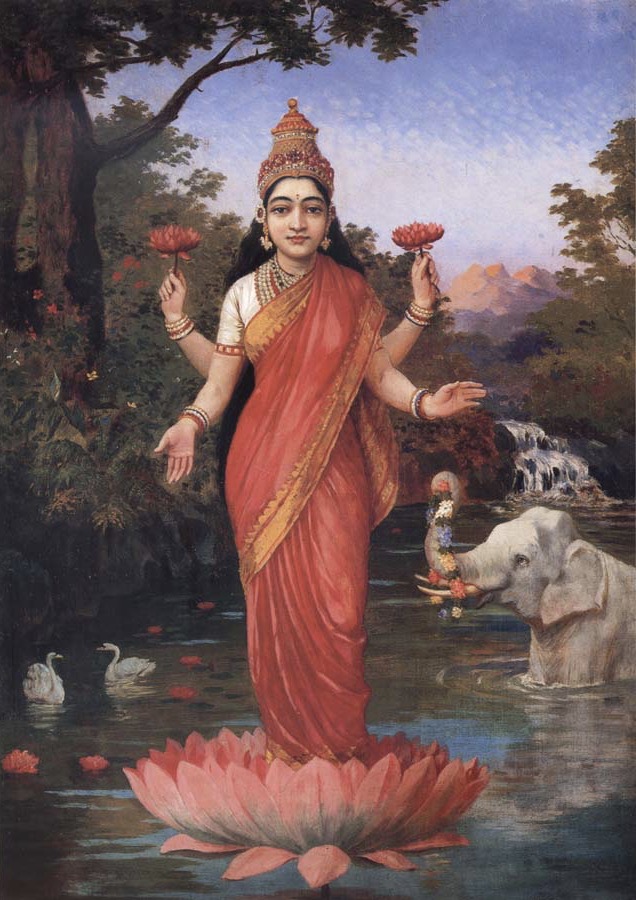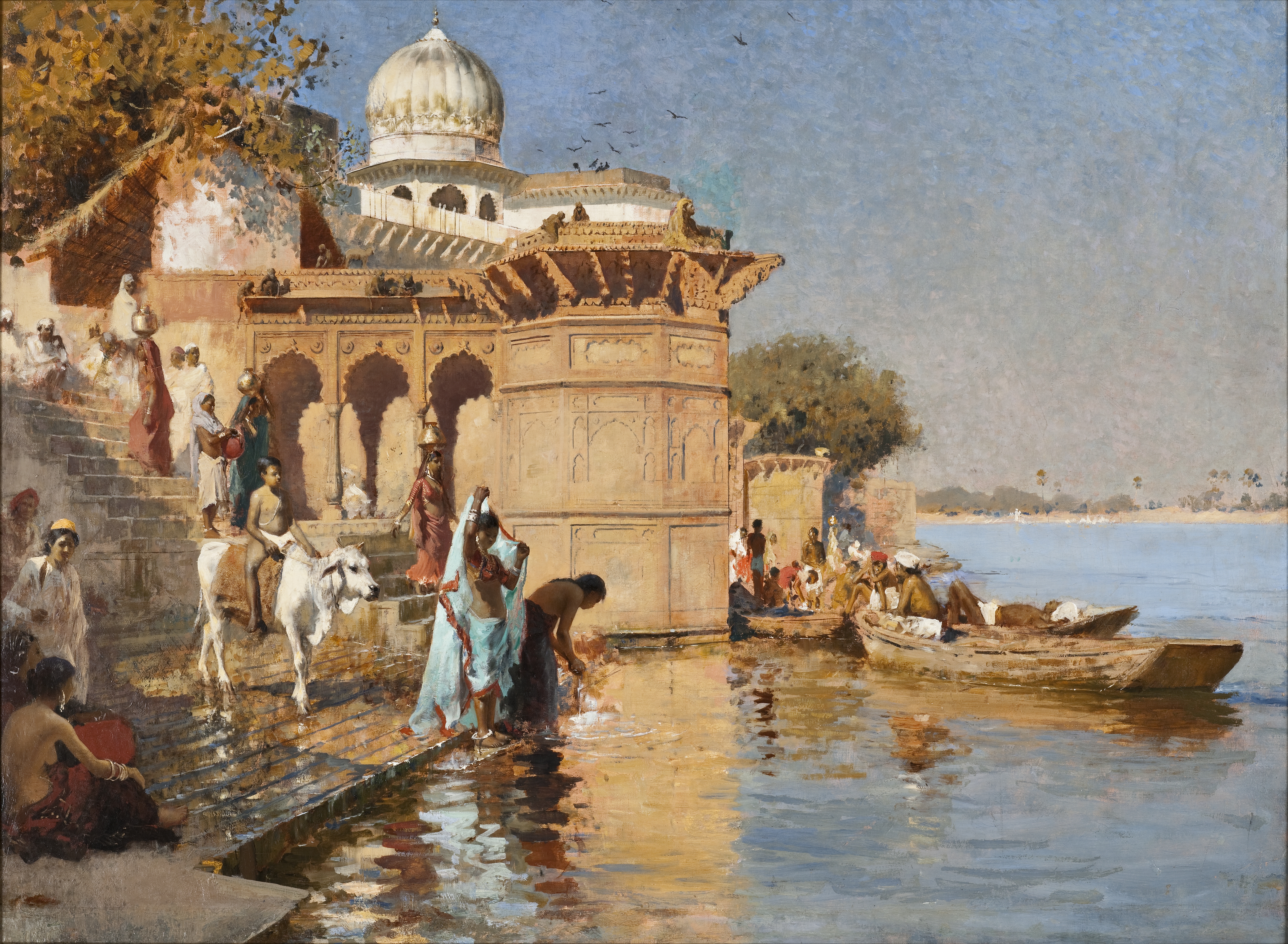|
Kiritamukuta
The Kiritamukuta () is a crown generally attributed to Vishnu in Hindu iconography. It is also depicted to be worn by the avatars of Vishnu, such as Rama. Vishnu is depicted with the Kiritamukuta in some of his earliest icons, identified from the region of Mathura. Description Referred to as the 'highest of all crowns', the Kiritamukuta resembles a conical cap ending with an ornamental top, its centre featuring a pointed knob. It bears jewelled discs either on the front or on all of its sides, as well as jewelled bands present around its top and bottom. Among the gods, according to T. A. Gopinatha Rao, the crown is said to be exclusively attributed to Vishnu, while among humans, those who occupy the roles of emperors or superior governors are allowed to don it. The sun god Surya is also represented with the Kiritamukuta in his iconography. Iconography of Vishnu wearing the kiritamukuta has been found in Thailand Thailand ( ), historically known as Siam () and o ... [...More Info...] [...Related Items...] OR: [Wikipedia] [Google] [Baidu] |
Vishnu
Vishnu ( ; , ), also known as Narayana and Hari, is one of the principal deities of Hinduism. He is the supreme being within Vaishnavism, one of the major traditions within contemporary Hinduism. Vishnu is known as "The Preserver" within the Trimurti, the triple deity of supreme divinity that includes Brahma and Shiva. Gavin Flood, An Introduction to Hinduism' (1996), p. 17. In Vaishnavism, Vishnu is the supreme being who creates, protects, and transforms the universe. In the Shaktism tradition, the Goddess, or Adi Shakti, is described as the supreme Para Brahman, yet Vishnu is revered along with Shiva and Brahma. Tridevi is stated to be the energy and creative power ( Shakti) of each, with Lakshmi being the equal complementary partner of Vishnu. He is one of the five equivalent deities in Panchayatana puja of the Smarta tradition of Hinduism. According to Vaishnavism, the highest form of Ishvara is with qualities ( Saguna), and have certain form, but is limit ... [...More Info...] [...Related Items...] OR: [Wikipedia] [Google] [Baidu] |
Hindu Iconography
Over the millennia of its development, Hinduism has adopted several iconic symbols, forming part of Hindu iconography, that are imbued with spiritual meaning based on either the scriptures or cultural traditions. The exact significance accorded to any of the icons varies with region, period and denomination of the followers. Over time some of the symbols, for instance the Swastika has come to have wider association while others like Om are recognized as unique representations of Hinduism. Other aspects of Hindu iconography are covered by the terms murti, for icons and mudra for gestures and positions of the hands and body. Hindu sacraments Hindu sacraments are physical pieces of that help objects or markings that are considered sacred and used as a sign of devotion by the followers of Sanathana Dharma (Hinduism). These are often objects associated with a puja (prayer) or religious ceremony. Murti Murtis are statues and idols of Hindu Gods. They are a huge part of Hind ... [...More Info...] [...Related Items...] OR: [Wikipedia] [Google] [Baidu] |
Avatar
Avatar (, ; ), is a concept within Hinduism that in Sanskrit literally means "descent". It signifies the material appearance or incarnation of a powerful deity, goddess or spirit on Earth. The relative verb to "alight, to make one's appearance" is sometimes used to refer to any guru or revered human being. The word ''avatar'' does not appear in the Vedic literature; however, it appears in developed forms in post-Vedic literature, and as a noun particularly in the Puranic literature after the 6th century CE. Despite that, the concept of an avatar is compatible with the content of the Vedic literature like the Upanishads as it is symbolic imagery of the Saguna Brahman concept in the philosophy of Hinduism. The ''Rigveda'' describes Indra as endowed with a mysterious power of assuming any form at will. The '' Bhagavad Gita'' expounds the doctrine of Avatara but with terms other than ''avatar''. Theologically, the term is most often associated with the Hindu god Vishnu, thou ... [...More Info...] [...Related Items...] OR: [Wikipedia] [Google] [Baidu] |
Rama
Rama (; ), Ram, Raman or Ramar, also known as Ramachandra (; , ), is a major deity in Hinduism. He is the seventh and one of the most popular ''avatars'' of Vishnu. In Rama-centric traditions of Hinduism, he is considered the Supreme Being. Rama is said to have been born to Kaushalya and Dasharatha in Ayodhya, the ruler of the Kingdom of Kosala. His siblings included Lakshmana, Bharata (Ramayana), Bharata, and Shatrughna. He married Sita. Though born in a royal family, their life is described in the Hindu texts as one challenged by unexpected changes such as an exile into impoverished and difficult circumstances, ethical questions and moral dilemmas. Of all their travails, the most notable is the kidnapping of Sita by demon-king Ravana, followed by the determined and epic efforts of Rama and Lakshmana to gain her freedom and destroy the evil Ravana against great odds. The entire life story of Rama, Sita and their companions allegorically discusses duties, rights and social ... [...More Info...] [...Related Items...] OR: [Wikipedia] [Google] [Baidu] |
Mathura
Mathura () is a city and the administrative headquarters of Mathura district in the states and union territories of India, Indian state of Uttar Pradesh. It is located approximately north of Agra, and south-east of Delhi; about from the town of Vrindavan, and from Govardhan. In ancient times, Mathura was an economic hub, located at the junction of important caravan (travellers), caravan routes. The 2011 Census of India estimated the population of Mathura at 441,894. In Hinduism, Mathura is birthplace of Krishna, which is located at the Krishna Janmasthan Temple Complex. It is one of the Sapta Puri, the seven cities considered holy by Hindus, also called Mokshyadayni Tirth. The Kesava Deo Temple was built in ancient times on the site of Krishna's birthplace (an underground prison). Mathura was the capital of the kingdom of Surasena, ruled by Kamsa, Kansa, the maternal uncle of Krishna. Mathura is part of the Lord Krishna circuit (Mathura,Vrindavan,Barsana, Govardhan, 48 ko ... [...More Info...] [...Related Items...] OR: [Wikipedia] [Google] [Baidu] |
Chakravarti (Sanskrit Term)
A ''chakravarti'' ( sa, चक्रवर्तिन्, ''cakravartin''; pi, cakkavatti; zh, 轉輪王, ''Zhuǎnlúnwáng'', "Wheel-Turning King"; , ''Zhuǎnlún Shèngwáng'', "Wheel-Turning Sacred King"; ja, 転輪王, ''Tenrin'ō'' or , ''Tenrinjōō'') is an ideal (or idealized) universal ruler, in the history, religion, and mythologies of India. The concept is present in the cultural traditions of Vedic, Hindu, Jain and Buddhist narrative myths and lore. There are three types of chakravarti: ''chakravala chakravarti'', a king who rules over all four of the continents (i.e., a universal monarch); ''dvipa chakravarti'', a ruler who governs only one of those continents; and ''pradesha chakravarti'', a monarch who leads the people of only a part of a continent, the equivalent of a local king. Dvipa chakravarti is particularly one who rules the entire Indian subcontinent (as in the case of the Maurya Empire, despite not conquering the southern kingdoms). The first r ... [...More Info...] [...Related Items...] OR: [Wikipedia] [Google] [Baidu] |
Surya
Surya (; sa, सूर्य, ) is the sun as well as the solar deity in Hinduism. He is traditionally one of the major five deities in the Smarta tradition, all of whom are considered as equivalent deities in the Panchayatana puja and a means to realise Brahman. Other names of Surya in ancient Indian literature include Aditya, Arka, Bhanu, Savitr, Pushan, Ravi, Martanda, Mitra, Bhaskara, Prabhakara, Kathiravan, and Vivasvan. The iconography of Surya is often depicted riding a chariot harnessed by horses, often seven in number which represent the seven colours of visible light, and the seven days of the week. During the medieval period, Surya was worshipped in tandem with Brahma during the day, Shiva at noon, and Vishnu in the evening. In some ancient texts and art, Surya is presented syncretically with Indra, Ganesha, and others. Surya as a deity is also found in the arts and literature of Buddhism and Jainism. In the Mahabharata and Ramayana, Surya is represented as t ... [...More Info...] [...Related Items...] OR: [Wikipedia] [Google] [Baidu] |
Thailand
Thailand ( ), historically known as Siam () and officially the Kingdom of Thailand, is a country in Southeast Asia, located at the centre of the Indochinese Peninsula, spanning , with a population of almost 70 million. The country is bordered to the north by Myanmar and Laos, to the east by Laos and Cambodia, to the south by the Gulf of Thailand and Malaysia, and to the west by the Andaman Sea and the extremity of Myanmar. Thailand also shares maritime borders with Vietnam to the southeast, and Indonesia and India to the southwest. Bangkok is the nation's capital and largest city. Tai peoples migrated from southwestern China to mainland Southeast Asia from the 11th century. Indianised kingdoms such as the Mon, Khmer Empire and Malay states ruled the region, competing with Thai states such as the Kingdoms of Ngoenyang, Sukhothai, Lan Na and Ayutthaya, which also rivalled each other. European contact began in 1511 with a Portuguese diplomatic mission to Ayuttha ... [...More Info...] [...Related Items...] OR: [Wikipedia] [Google] [Baidu] |




